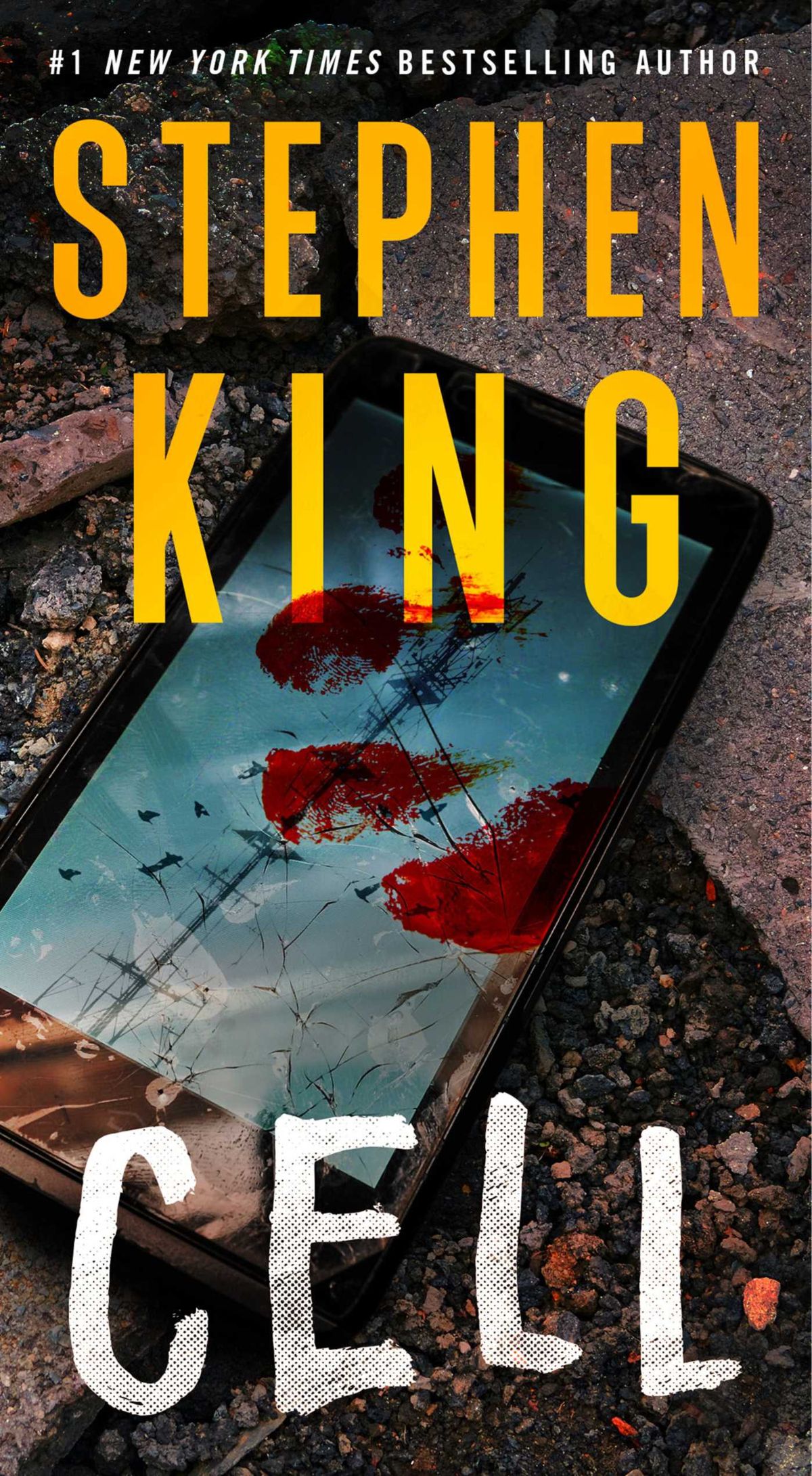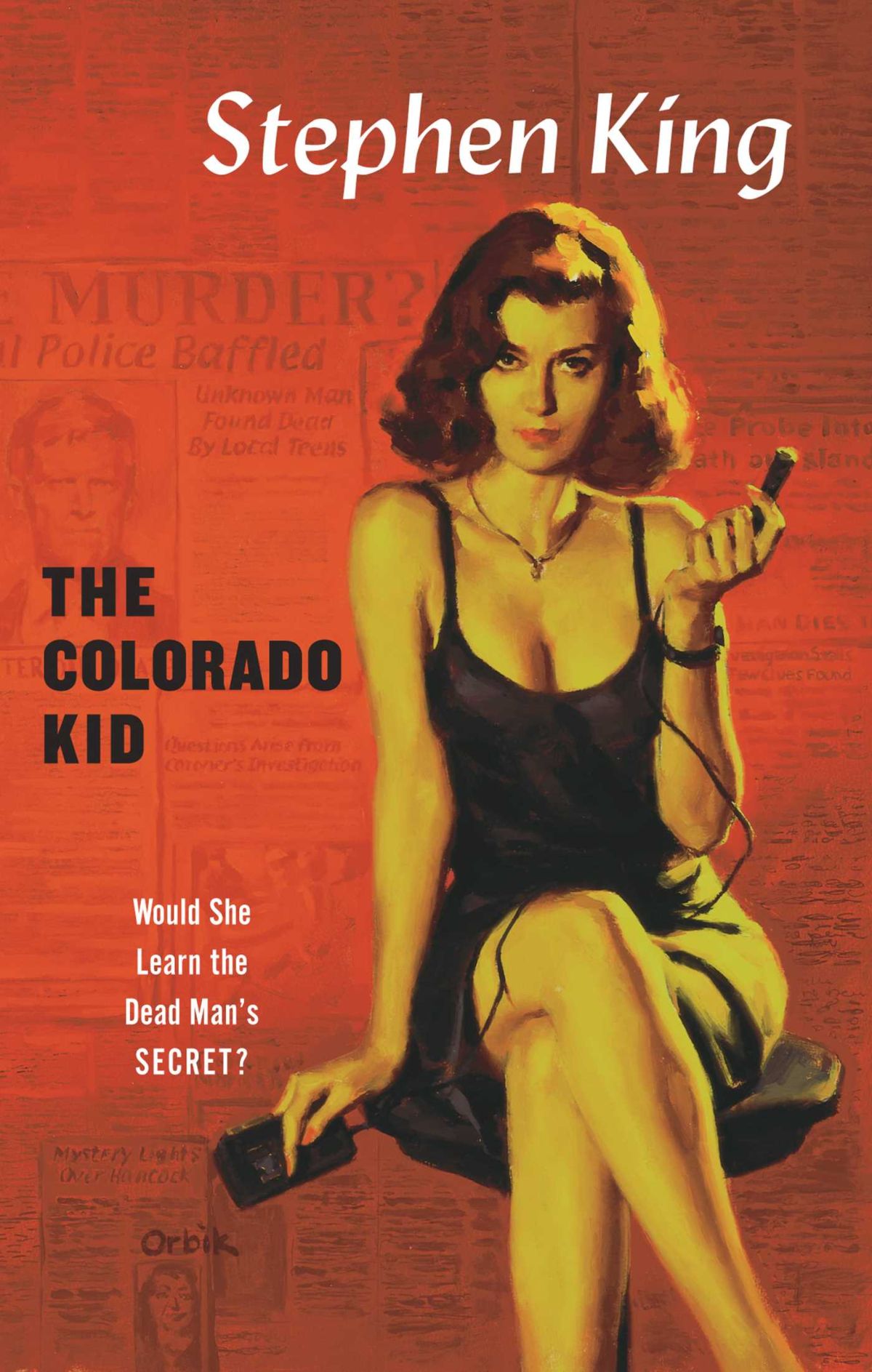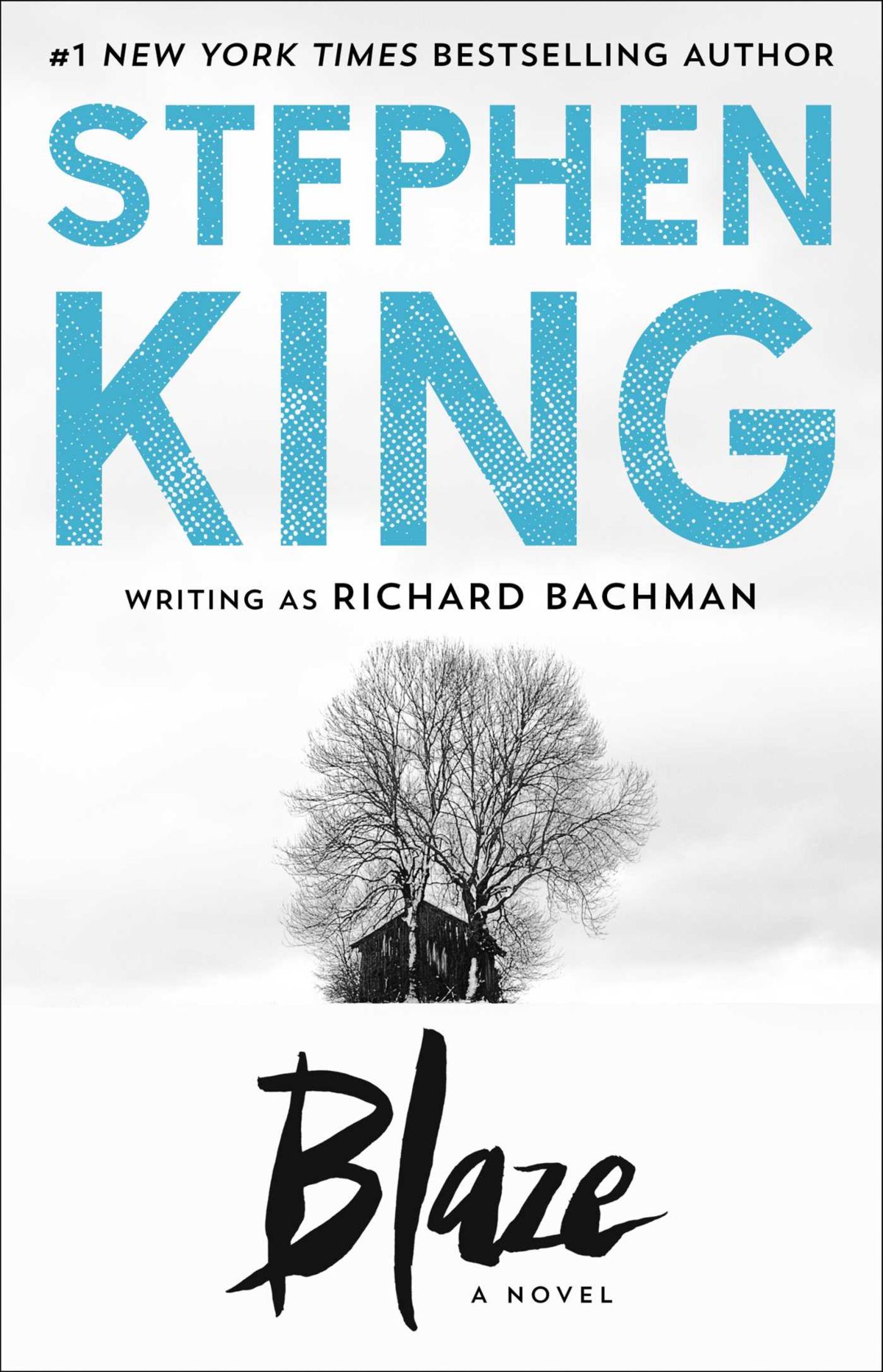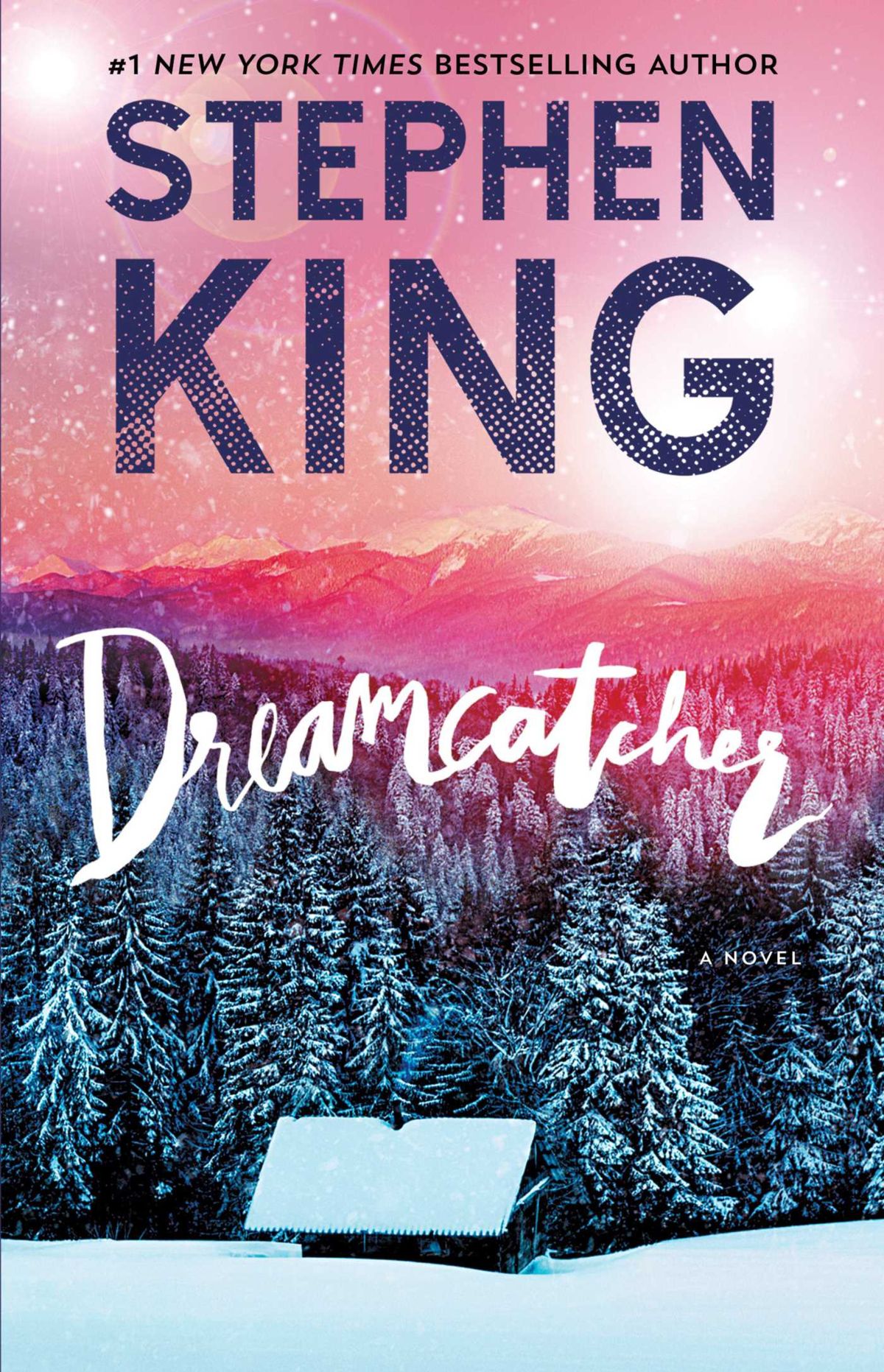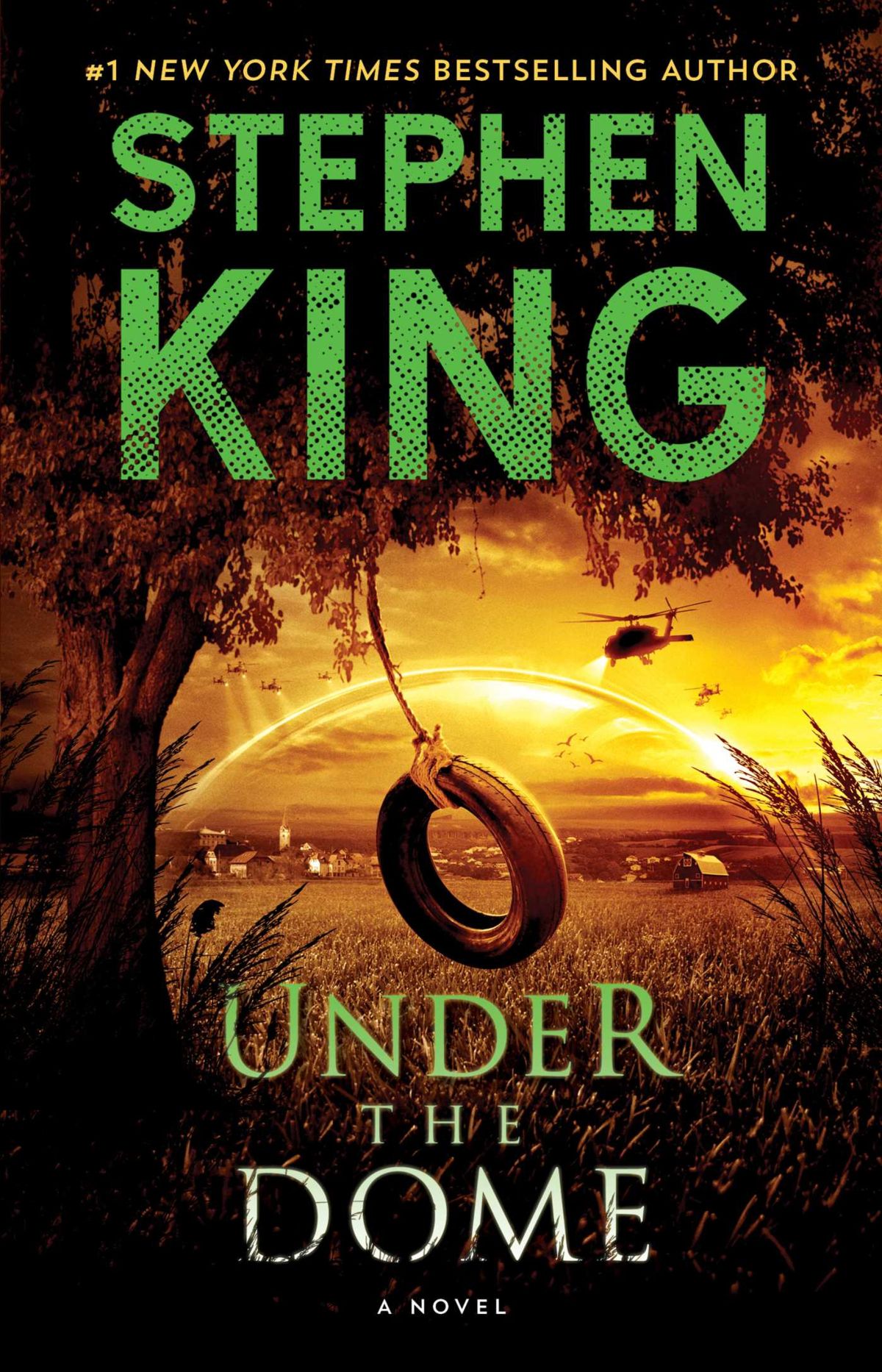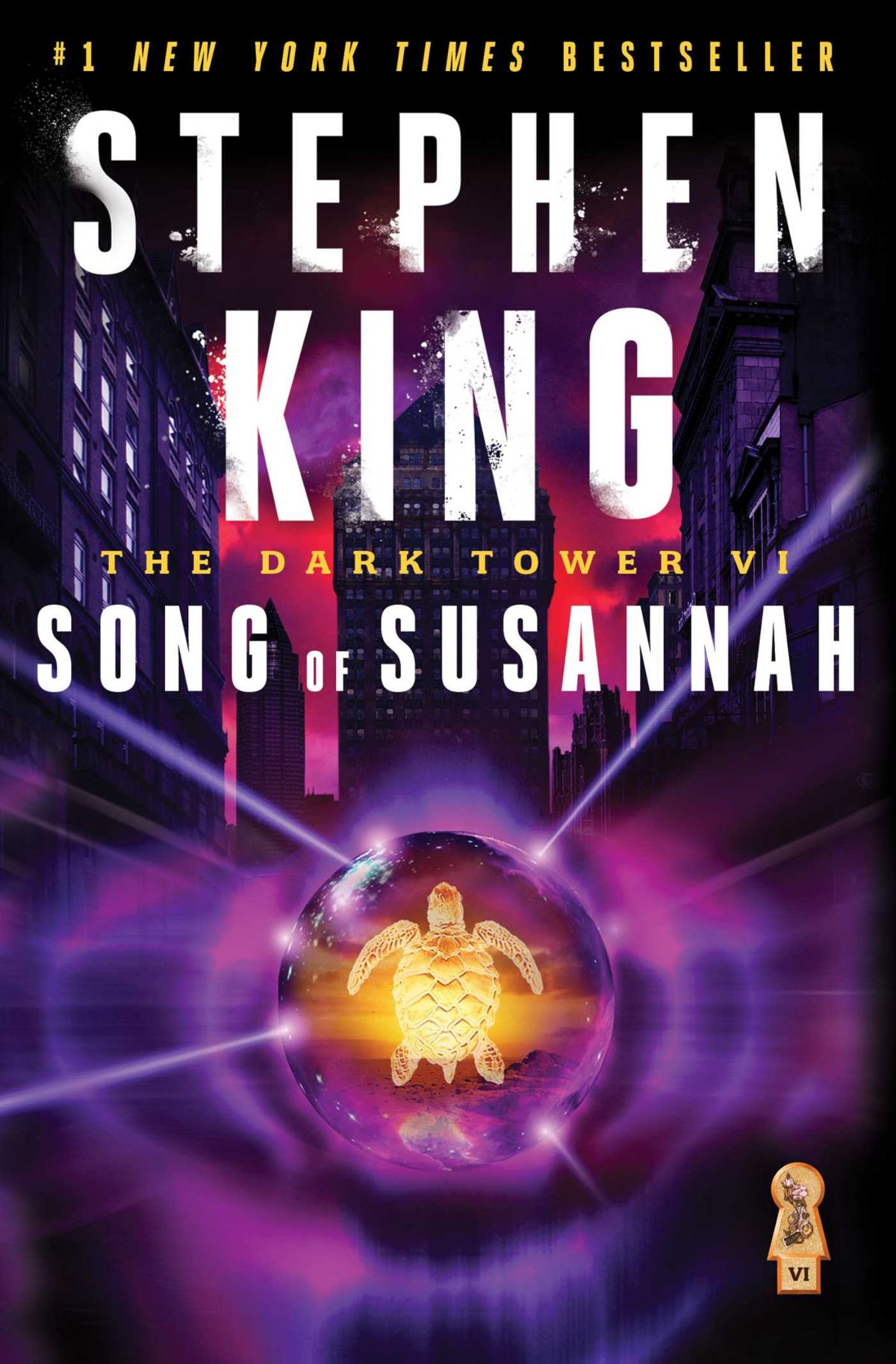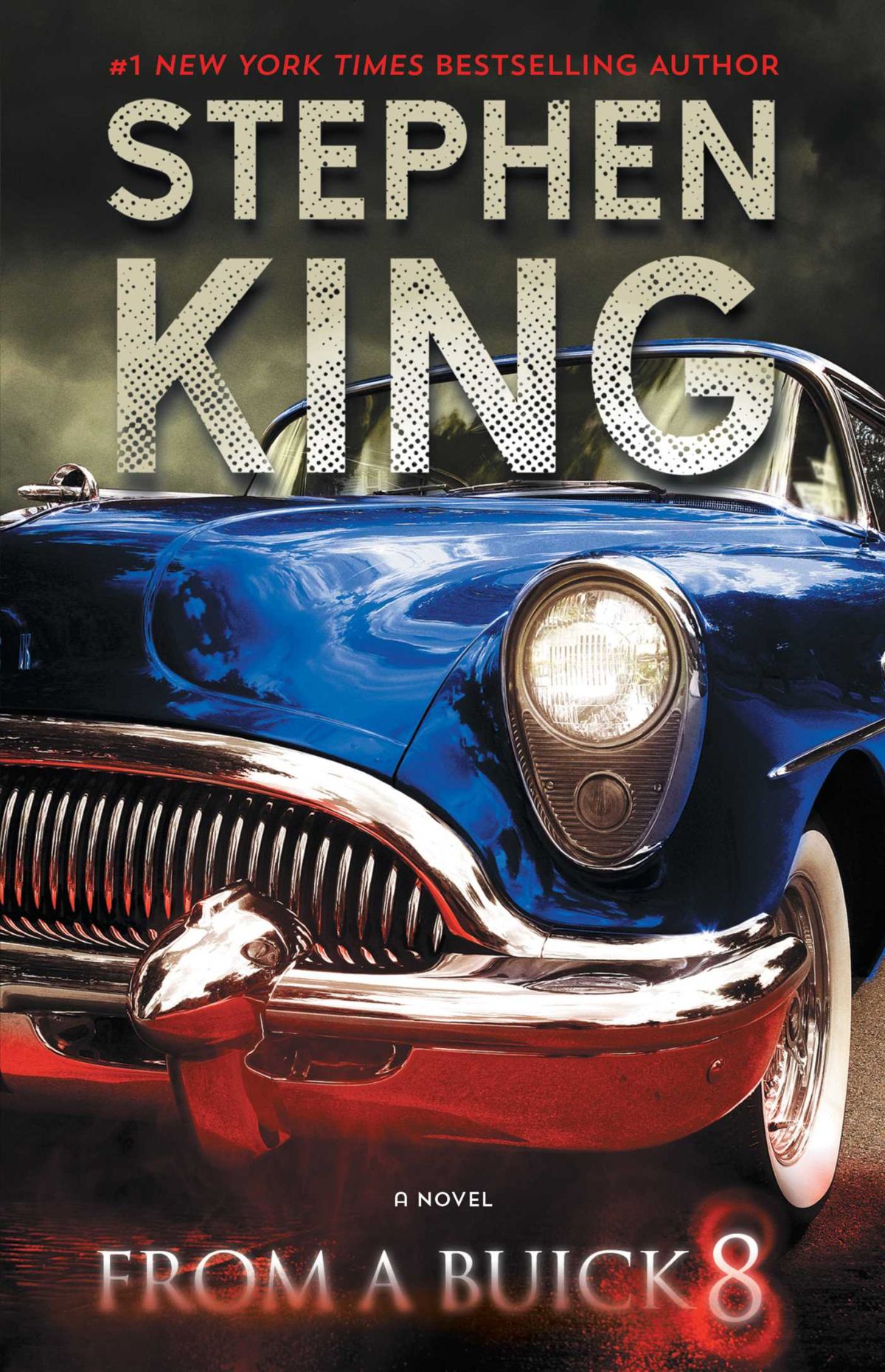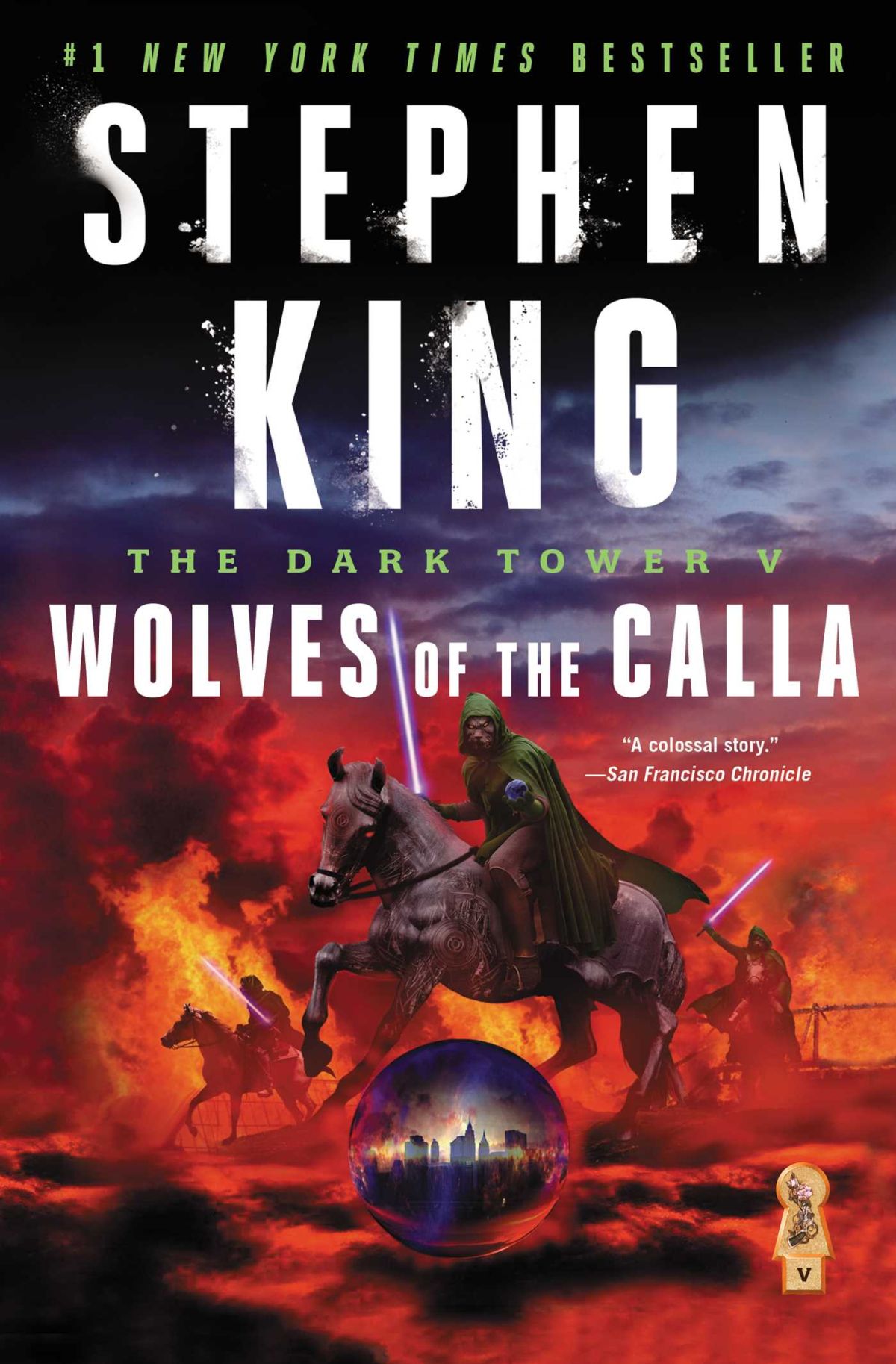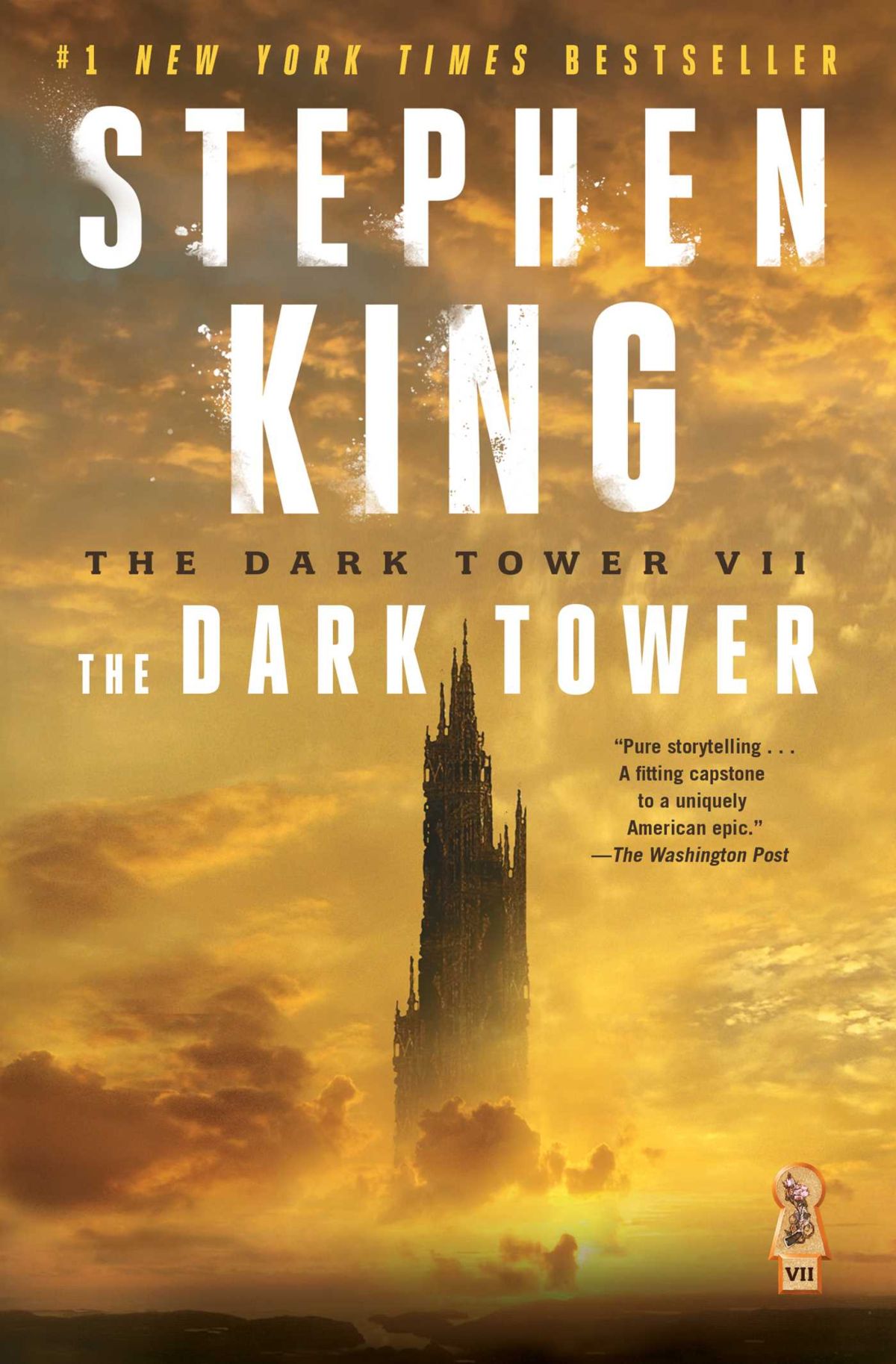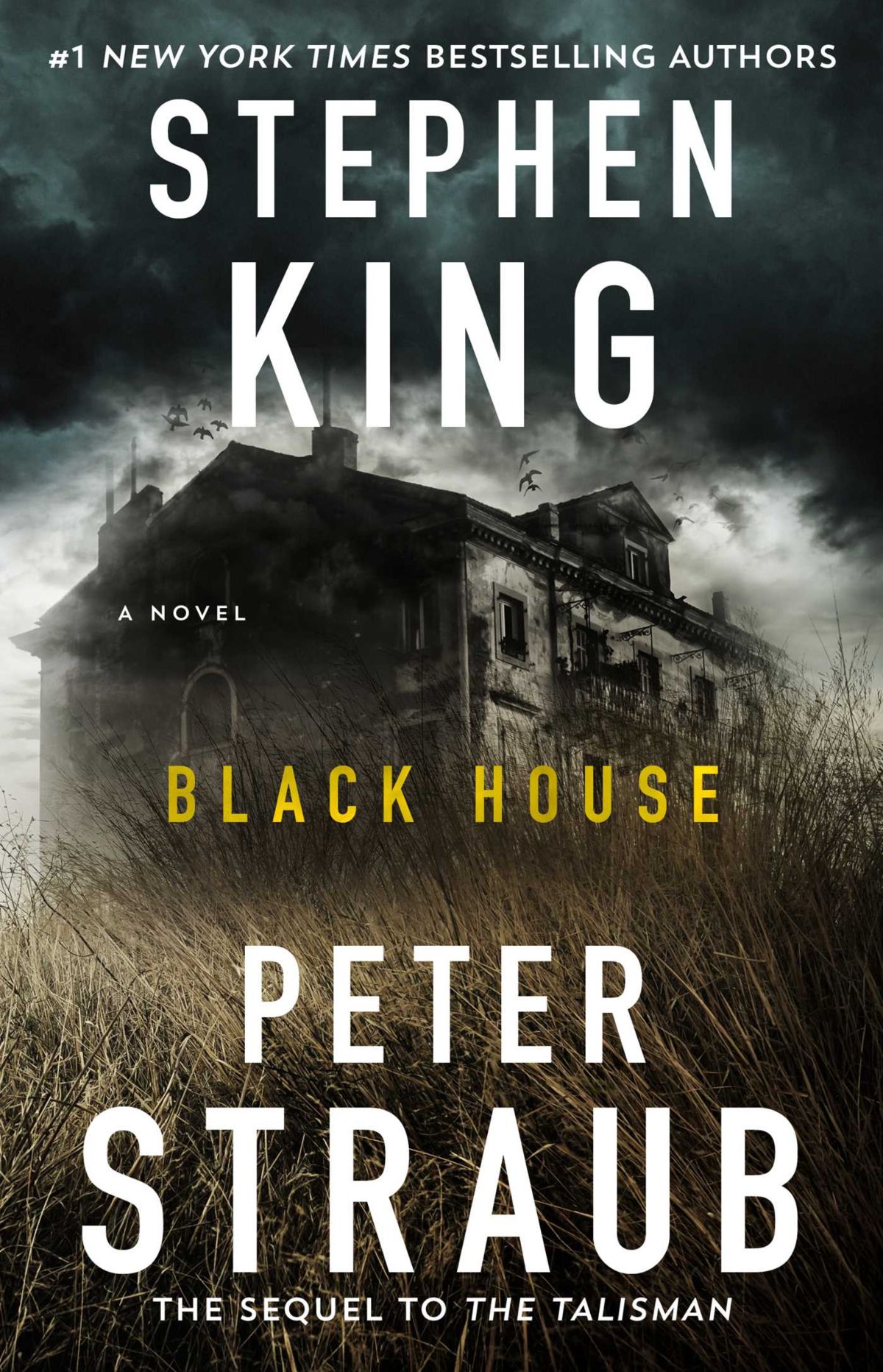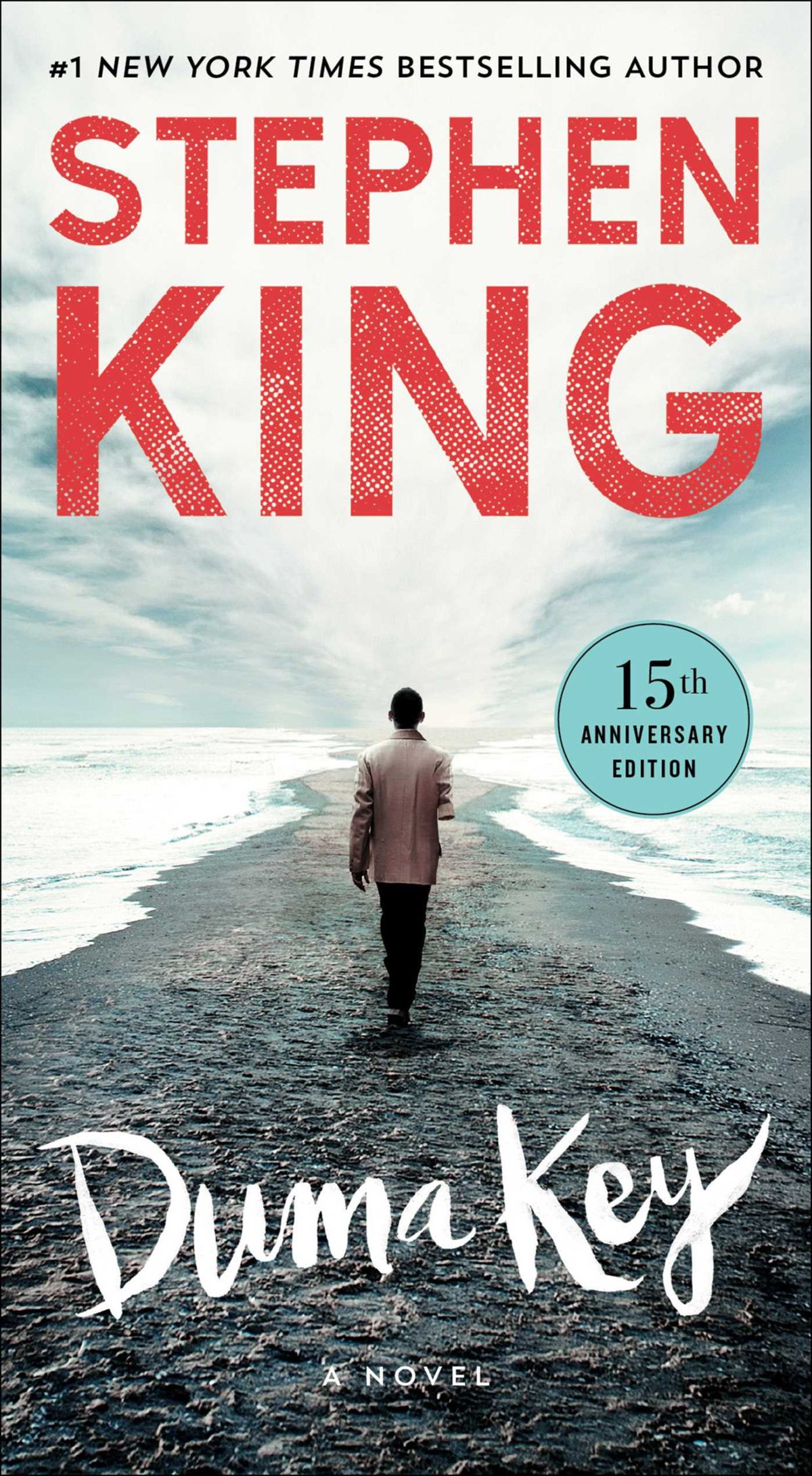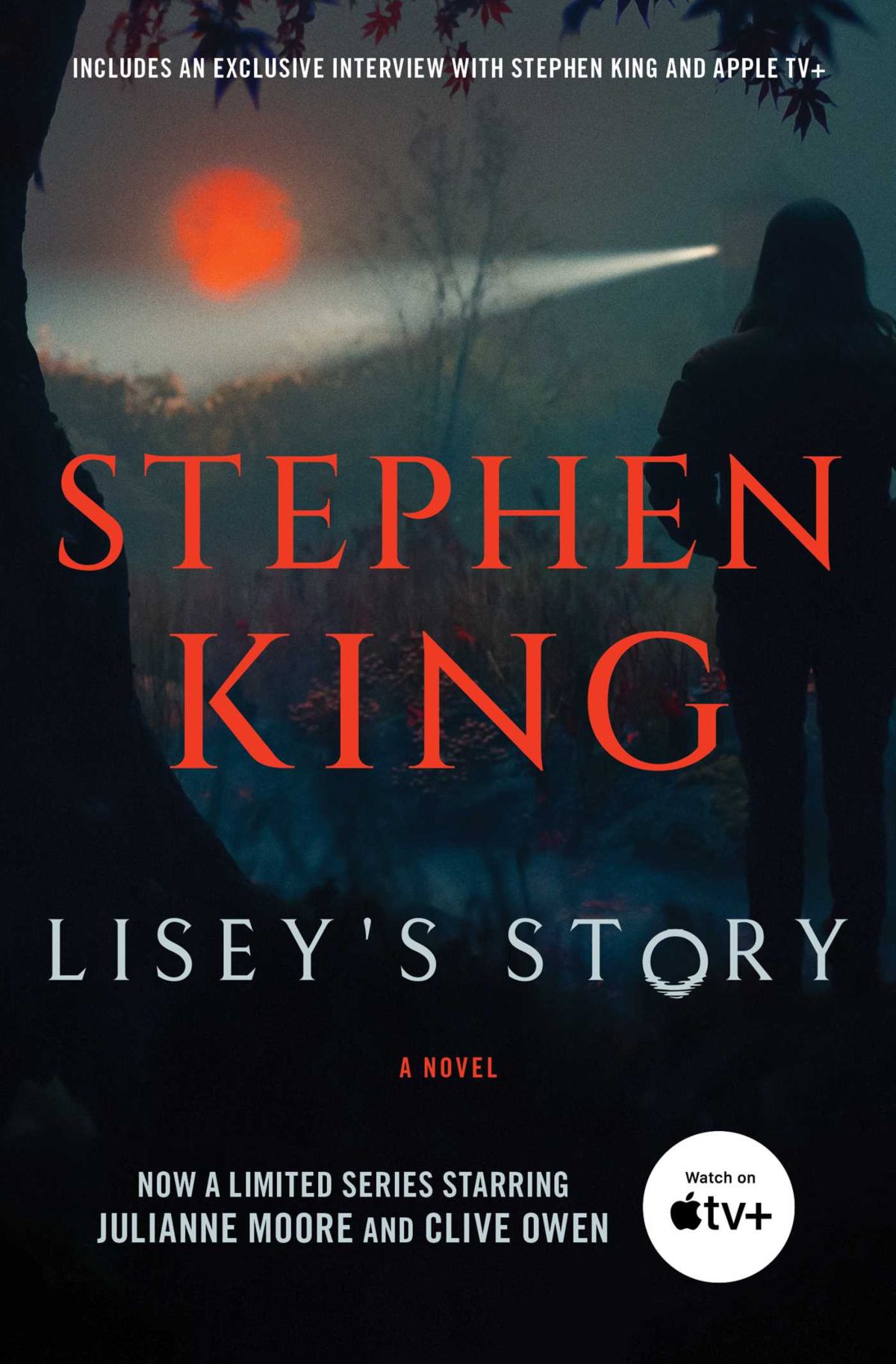Horror as a cinematic and literary genre continues to change, but much of today's horror fiction can trace its spiritual roots to the Master of Horror himself, Stephen King. After nearly 30 years as "America's schlockmeister," (a term King used to describe how his critics felt about him for years), by the first decade of the 21st century, his literary standing rose as the generation of writers who claimed him as an inspiration (Dave Eggers, Bret Easton Ellis) proudly expounded on his influence.
From 2001 to 2009, King published 12 novels; not a bad run for someone who was struck and nearly killed by a van in the summer of 1999. King goes into some detail about the accident and its aftermath in On Writing, his nonfiction book which is part memoir, part treatise on his craft. Despite threatening to retire in 2002, he apparently was not willing to let a near-death experience slow him down. The '00s saw several of his most mature and interesting works, with at least (in my opinion) two masterpieces among them. He also doubled down on his Dark Tower series during this period, publishing the final three volumes all in a row.
Here is our ranking of King's novels published during the 2000s.
12. Cell
It should have been the best day of struggling artist Clay Riddell's life. He just sold his first graphic novel and its sequel for enough money to stop endlessly trekking across New England for art teaching gigs. He even hopes to repair his marriage and provide a stable home for his son. While in Boston Common, Clay watches as a mysterious signal turns everyone with their ear stuck on a cell phone into a zombie-like rage machine. Determined to live long enough to find his son in Maine, Clay joins a group of survivors as they make their way through this fresh post-apocalyptic landscape.
Few can craft a thriller like King, and when he focuses on the action set pieces, Cell works just fine. Still, this is the weakest King novel during this decade, as his attempt to riff on the dangers of cell phones immediately became almost embarrassingly dated just a year later, with the release of the first-generation iPhone. King has often sung the praises of Night of the Living Dead director George A. Romero (the two became friends, as well), but has only sparingly used the standard zombie trope. He has used it much better in other works (such as his fine short story Home Delivery). He uses some nice twists in Cell, as the horde begins to develop a hive mind and limited psychic powers. Still, anyone looking for a more vivid and convincing post-apocalyptic King yarn should stick with the uncut version of The Stand.
11. The Colorado Kid
On a tiny Maine island, 22-year-old Stephanie McGraff interns at The Weekly Islander newspaper, under the tutelage of the 90-year-old Vince Teague and 65-year-old Dave Bowie, old duffers who have accepted the cub reporter as one of their own. The old men decide to confide in Steffie, and tell her the story of the Colorado Kid, a dead body whose origin and cause of death contain many different mysteries. The two old newshounds and their newfound protégé explore the nature of mysteries like the Colorado Kid, and present different theories about his origin and reasons for being on the island.
One of many King books published under the Hard Case Crime imprint, The Colorado Kid is an entertaining yarn about unsolvable mysteries, but nowhere near the pulpy, hardboiled crime story the book would have you believe. King's expertly-drawn characters and lived-in world are not quite enough to make this slim volume more than a curio, especially among this decade's other, stronger novels.
10. Blaze
Clayton Blaisdell Jr. (known as "Blaze") is a huge, somewhat mentally-disabled small-time crook whose larcenous deeds are often guided by his dead best friend George, whose voice lives on in his head. With guidance from his imaginary friend, Blaze wanders through an aimless life of petty crime until he sets a dangerous plan in motion. He decides to follow through with George's plan to kidnap a baby and hold him for ransom. We come to understand Blaze's past as he spends time with his victim and hurtles toward a tragic showdown with irate law enforcement officers bent on his destruction.
Blaze is one of King's "trunk books," something he wrote under his Richard Bachman pseudonym and then buried in a closet for about 30 years. Blaze is much more of a Hard Case Crime book than anything King actually published under that brand, and precedes the crime thriller trilogy starring Bill Hodges and Holly Gibney he would write in the following decade (Mr. Mercedes, Finders Keepers, End of Watch). Despite King's extensive reworking of the manuscript, Blaze still ranks somewhere in the middle of his Bachman books. King attempts to make the simple-minded murdering thief sympathetic, but as Blaze's predictably terrible plan careens toward its predictable tragic ending, we just want the whole sordid child-kidnapping story to go away.
9. Dreamcatcher
As teenagers in the haunted town of Derry, Maine, four friends — Gary "Jonesy" Jones, Pete Moore, Joe "Beaver" Clarendon, and Henry Devlin — save a mentally challenged boy name Douglas "Duddits" Clavell from a group of horrible bullies. They forge a lasting friendship with Duddits, who possesses a variety of psychic powers which the other boys develop as well, including shared dreaming, telepathy, and a method of tracing where someone has been, called "the Line." Years later, the four men find themselves in the middle of an alien invasion during their annual reunion at an isolated hunting lodge, which tests their bonds of friendship. An alien entity called Mr. Gray inhabits Jonesy, imprisoning him inside his own mind. His friends must use their abilities to save the world (or at least that section of New England).
Dreamcatcher was the first novel King attempted following his recovery. He reportedly wrote the first draft entirely in longhand, and its first title was Cancer, which his wife persuaded him to change. Made into a rather infamously terrible 2003 movie directed by Lawrence Kasdan (and co-written by the legendary William Goldman), Dreamcatcher's main strength — as usual with King — lies with the sharply drawn characters, and the ways years of regret and unfulfilled potential haunt the four men into adulthood. The alien invasion storyline features a memorably icky sequence featuring an alien parasite and a bathroom — and you let your imagination take over from there. Dreamcatcher is overlong, though, with an ending that makes very little sense. Even King has since expressed his dissatisfaction with it, but it helped set him on the road of recovery and is valuable for that.
8. Under the Dome
Under the Dome tracks a momentous week or so in the town of Chester's Mill, Maine. An invisible dome appears around the small town, cutting it off from the rest of the world (with some gruesome results for anyone or anything right at the perimeter when the thing appeared). Among the sprawling cast of characters, the novel focuses on ex-Army lieutenant Dale "Barbie" Barbara, who tries to leave town after a run-in with some locals only to become trapped just a few feet from the dome when it came down. Civilization quickly breaks down under the dome, as the town's Second Selectman "Big Jim" Rennie takes over as a small-town dictator. As Barbie coordinates with the government, Big Jim desperately tries to cover up both his crystal meth side business and the multiple murders committed by his son, Jim Junior.
The new century found King's critical standing improving, having been one of history's bestselling authors for some time. After finishing his landmark fantasy series The Dark Tower — publishing the final three volumes in quick succession while he was still alive to do so — King began to switch things up a bit. He first attempted Under the Dome decades earlier (his Kennedy assassination novel 11/22/63 has a similar origin), but the scale intimidated him at the time. With epics like The Stand and It under his belt, King ably juggles a great many characters and subplots like the old pro he is. Still, the environmental metaphors King had in mind (the dome also traps carbon dioxide along with the toxic byproducts of meth production) become buried under the unconvincing explanation for the dome's origin. The characters are once again the brightest part of the book, but as vivid as King's small-town Mainers are, the reader cannot help but feel that Chester's Mill seems like a Xerox of Derry or Castle Rock. We end up longing for the older, better novels set in those towns.
7. The Dark Tower VI: Song of Susannah
The penultimate Dark Tower novel finds Roland of Gilead's ka-tet of gunslingers scattered across multiple parallel dimensions. Roland and Eddie Dean are stuck in 1977 while Susannah Dean, Jake Chambers, his loyal furry friend Oy, and Father Callahan (a character from ‘Salem’s Lot) wind up in the New York of 1999. Nearly a thousand pages of backstory precede the plot of Song of Susannah but suffice to say that an entity called Mia has taken possession of Susannah’s body, and hopes to have the demonic offspring of Roland and Susannah (again, it’s a long story) delivered. Meanwhile, Roland and Eddie have to find a powerful nexus of energy that is under threat: Stephen King himself, a young, successful novelist who in ‘77 had not yet written a word of the Dark Tower saga.
Having stared death right in the eye, King buckled down and finished his mammoth magnum opus in three back-to-back installments. The combined page number of just the final three volumes is just under 2,000. It is simply a massive undertaking, and they could easily be considered one long book. However, King elects to change things up with Song of Susannah, adding a songlike structure (the chapters are called verses, for example), and featuring modernist abstract illustrations which are notably different from its flanking volumes. Despite containing some of the most important events of the overall plots — such as the introduction of King himself as a character and the birth of Mordred — Song of Susannah just did not need to be a standalone entry. The book could have easily been absorbed by either the volume before or after.
6. From a Buick 8
After the well-liked State Trooper Curtis Wilcox is killed in the line of duty, his son Ned begins to regularly visit his barracks. Over time, the other troopers and their longtime dispatcher spiritually adopt the kid as one of their own and tell him the tales of the "Buick 8," a very strange car that looks like a 1953 Buick Roadmaster but is anything but a normal gas-guzzler. The Buick 8 is in fact a portal from some kind of parallel dimension, and its influence can somehow reach out and cause terrible things to happen... including the death of Ned's father.
From a Buick 8 finds King in an interesting mode. The story of the strange non-Buick is told from many different first-person perspectives, and the mystery of the Buick 8 is engaging enough to prod the reader on despite the book's flaws. King often includes law enforcement characters, including Castle Rock's sheriffs George Bannerman (The Dead Zone), Alan Pangborn (Needful Things), and Norris Ridgewick (Lisey's Story), and the cuddly prison guards in The Green Mile. King's penchant for wholly sympathetic cop characters is a bit harder to swallow these days given the headlines, and the state troopers in From a Buick 8 come off as a little too goody-goody. King does undercut this with some breathtaking sequences, including an impromptu autopsy on an interdimensional bat creature, and especially the novel's centerpiece scene. When the Buick 8 "activates" and a creature appears, its appearance and manner are so alien to the characters' experiences that they attack and kill it with a wordless rage, even though the thing most likely was just there to explore. King's metaphor for inherent human savagery is heavy-handed, but the scene is so compelling that he gets away with it.
5. The Dark Tower V: The Wolves of the Calla
Following the events of The Dark Tower IV: Wizard and Glass, Roland of Gilead and his band of gunslingers find themselves closer than ever to their goal: the linchpin of all reality known as the Dark Tower. Roland, Eddie, Susannah, Jake, and Oy end up in a place called Calla Bryn Sturgis, one of the last unspoiled lands in the gunslinger's desiccated world. They discover plenty of stunning new things: that creatures in cloaks and wolf masks have been abducting children for generations, that the wolves' train route could lead directly to Thunderclap, the mysterious land where the Dark Tower stands, and that Susannah is secretly pregnant with a demonic entity that could spell Roland's doom. The inevitable showdown with the wolves leaves the ka-tet broken and scattered among many different dimensions.
Wolves of the Calla was the first Dark Tower book since Wizard and Glass, which was published in 1997. Its scope and density surprised fans at the time, but the addition of Father Callahan (a character from King's second novel 'Salem's Lot) remains a bold storytelling masterstroke. King had established The Dark Tower's meta nature in its fourth volume, as Roland's ka-tet emerged from an insane sentient monorail train into the universe of King's apocalyptic plague novel The Stand. He underscores this with Father Callahan, who narrates a long and fascinating section of Wolves of the Calla, filling in his story after he leaves 'Salem's Lot. We learn that Callahan was part of the Dark Tower story from the beginning, making Wolves of the Calla a rich and vital entry into the series.
4. The Dark Tower VII: The Dark Tower
The final leg of Roland's impossibly long journey finds the ka-tet breaking in tragic ways as Roland seeks to reverse the decay that is destroying his world along with the fabric of reality itself. Roland's nemesis the Crimson King sends his half-spider demon son Mordred (who is also somehow Roland and Susannah's son — it's a long story) after him, setting up a series of showdowns that are epic in scope and tragic in consequences. Whether Roland ever mounts the Tower and reaches the top is perhaps not the question to ask; will he truly learn anything from the chaos and killing?
Stephen King recovered from his brush with death in 1999 and almost immediately set to work finishing The Dark Tower. Determined to live to finish his übertale, he published the final three main books all in a row. This achievement was a boon to Dark Tower fans for whom the six-year wait between volumes three and four felt nearly interminable. Time and distance from these entries allow for some honest criticism: even among die-hard Tower fans, the final volumes seem unnecessarily convoluted. Even with the nearly 800-page length, crucial chunks of the overall plot appear to happen entirely off-screen. King admits that he is not entirely satisfied with his ending, but the book's hard-earned, lived-in quality makes it a must-read.
3. Black House
A gruesome serial killer stalks the children of the small town of French Landing, Wisconsin. Dubbed the Fisherman due to the killer's similarity to notorious early 20th-century serial killer Albert Fish, his crimes escalate far beyond the abilities of the well-meaning police chief, Dale Gilbertson. In his desperation, he turns to Jack Sawyer, a former homicide detective who retired from the Los Angeles Police Department in his mid-thirties. As Jack reluctantly chips in, memories of his childhood surface until he realizes that something about this case is tied to his extraordinary past. Once upon a time, Jack Sawyer traveled across dimensions into a realm known as the Territories to save his mother's life. Now, he and his new friends — including Henry Leyden Dale's amazing uncle and Jack's best friend, a blind radio DJ of many voices — must save a boy with special powers by venturing into the killer's lair, the seemingly-infinite labyrinth of horror called Black House.
King reunites with the late, great Peter Straub for Black House, the sequel to their 1984 epic The Talisman. That dense and entertaining fantasy tome arguably did not need a follow-up, as it was satisfyingly self-contained. However, King and Straub craft a sequel that finds its main character aged in real time and facing not just a terrifying murderer in the form of the Fisherman, but a threat to many worlds at once. The creature pulling the Fisherman's strings happens to work for the Crimson King, the major villain of King's Dark Tower series. King and Straub skillfully weave the threads of the Dark Tower connections into the narrative of Black House, creating some of their most vivid characters. The standout among the supporting cast is Henry Leyden, a blind, jazz-loving sophisticate who prods Jack into helping stop the killer. Rife with a dizzying array of references, from Charles Dickens (who wrote a novel called Bleak House, which contains many similar narrative techniques to Black House) to the Grateful Dead, to the great Western B-movie actor Woody Strode, Black House is a treasure house.
2. Duma Key
After a horrible accident on a construction site, successful Minnesota building contractor Edgar Freemantle suffers head injuries affecting his memory and vision, not to mention losing an arm. His marriage ends after his painful recovery period, and on the advice of his psychologist, Edgar decides to rent a house on the Florida island of Duma Key. He rekindles his passion for sketching as well, and he slowly begins to heal his body and mind. Edgar befriends the octogenarian Elizabeth Eastlake, whose family owns most of the island, and her caregiver, Jerome Wireman, who came to Duma Key to heal from his own tragedies. Edgar's art talent blossoms and he learns that a force on Duma Key can sometimes make his artwork affect the world around him, which can exact a terrible price.
Duma Key finds King crafting a painstakingly detailed account of a character recovering from a life-altering accident not unlike his own. The healing power of art is a tried and true literary trope, but as usual, King has more on his mind. Art can be used to both create and destroy, which Edgar discovers in painful and tragic ways. Duma Key is rich, sad, contemplative, and ultimately very moving. The final dénouement is a bit confusing and is more of an afterthought than a memorable climax. Still, Duma Key is a powerful look at the many different ways art can heal wounds both physical and psychic. Edgar's recovery and creative reawakening clearly function as metaphors for King's own recovery in the wake of his accident, and it ranks as one of his most underrated novels.
1. Lisey's Story
Two years after the death of the critically-acclaimed and immensely popular novelist Scott Landon, his widow Lisey finally gets around to cleaning out his office. A literature professor and "expert" on Scott's work practically demands access to her husband's archives, and when Lisey turns him out, he turns to a mentally unstable fellow calling himself Zack McCool. This obsessive Scott Landon fan stalks Lisey, kills her cat, and works up the nerve to essentially torture her. Meanwhile, the oldest of Lisey's many sisters, Amanda, has a mental break after her ex-boyfriend marries someone else. Lisey must care for Amanda and fend off McCool, all while unraveling Scott's final "bool-hunt," which is his term for a treasure hunt. He has left a series of messages for Lisey, leading her to remember her life with Scott, and access her repressed memories of the place called Boo'ya Moon, an otherworldly dimension Scott could visit, and which Amanda appears to now be trapped within.
A bout of double pneumonia left King hospitalized. While he was laid up, his wife, the wonderful novelist Tabitha King, remodeled his writing office. When King saw all his life's work packed up in boxes, he had a flash of what the place would look like following his death. Lisey's Story was the result of this experience, a heartbreaking chronicle of a long marriage. King understands the nooks and crannies of a relationship, and he also has had his share of unbalanced fans. Lisey's Story could have been a fairly simple revenge story, but King nimbly moves back and forth in time, utilizing complex narrative techniques that should have his less-than-admiring critics reevaluate their assessments of his talents. Scott Landon's horrific childhood — recounted in an autobiography written only for Lisey — is an astounding work of horror in the Southern Gothic vein, capping a remarkable stylistic exhibition. Years from now, Lisey's Story will be routinely listed among Stephen King's very best novels.


